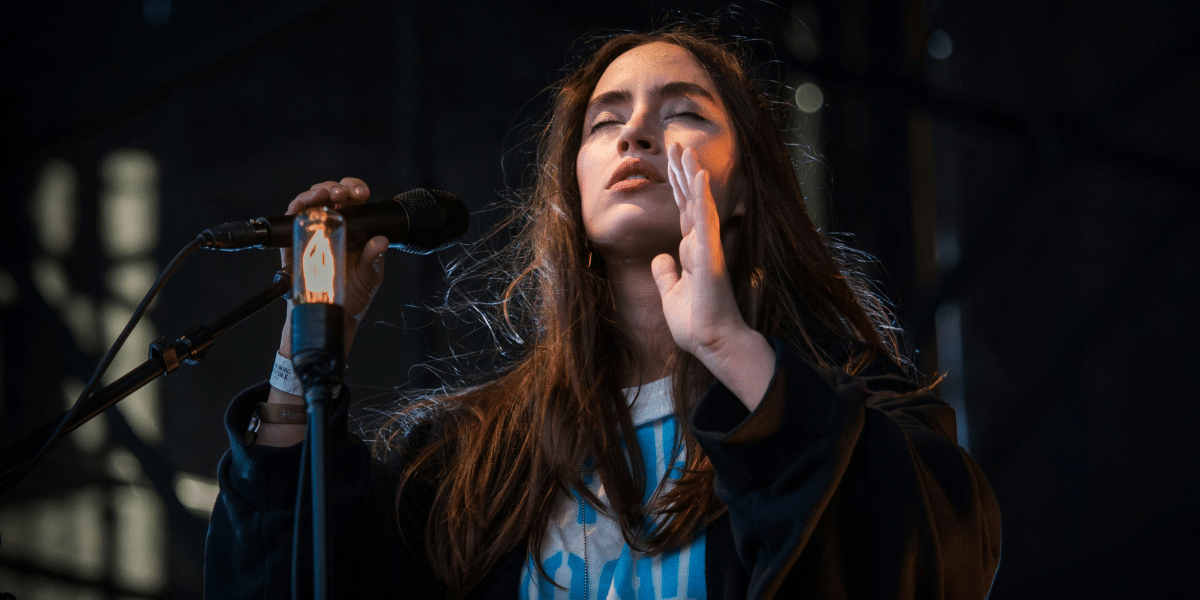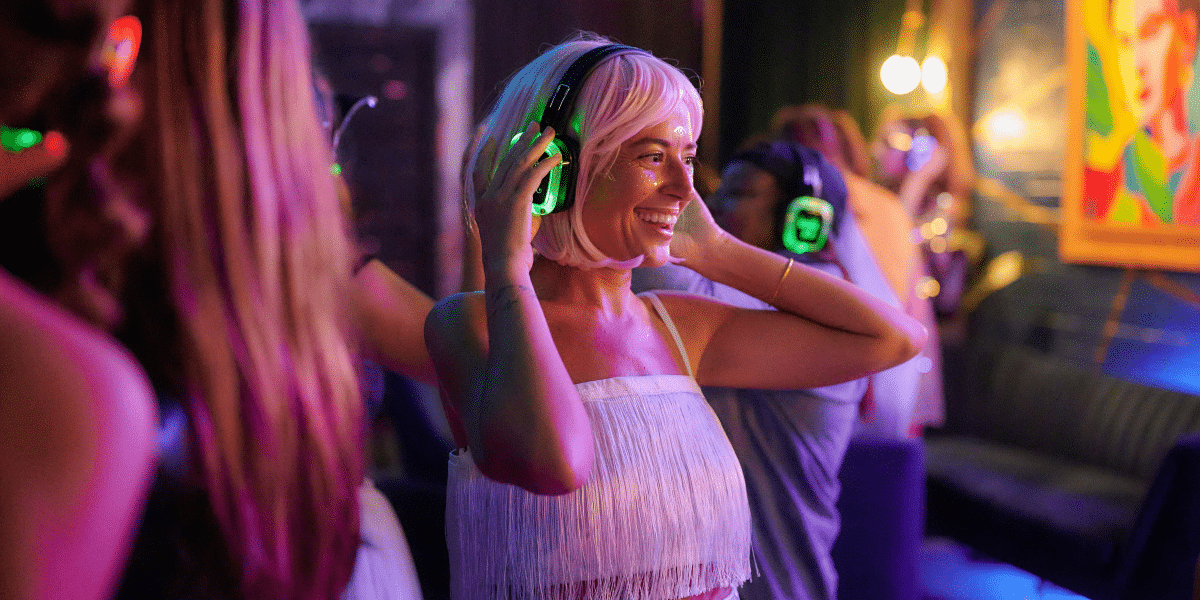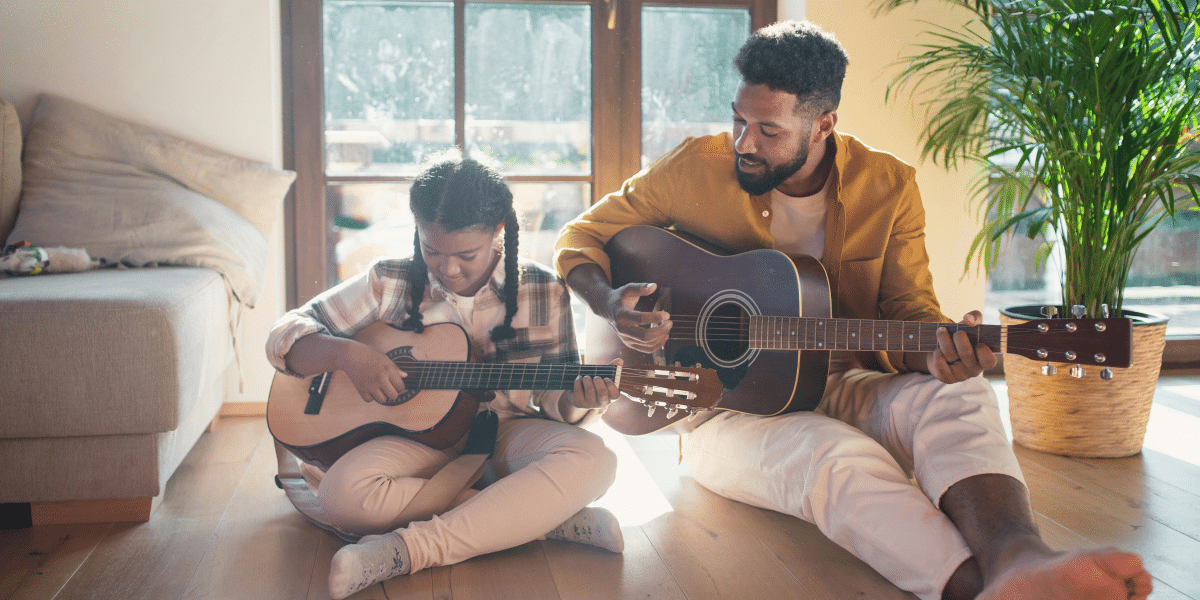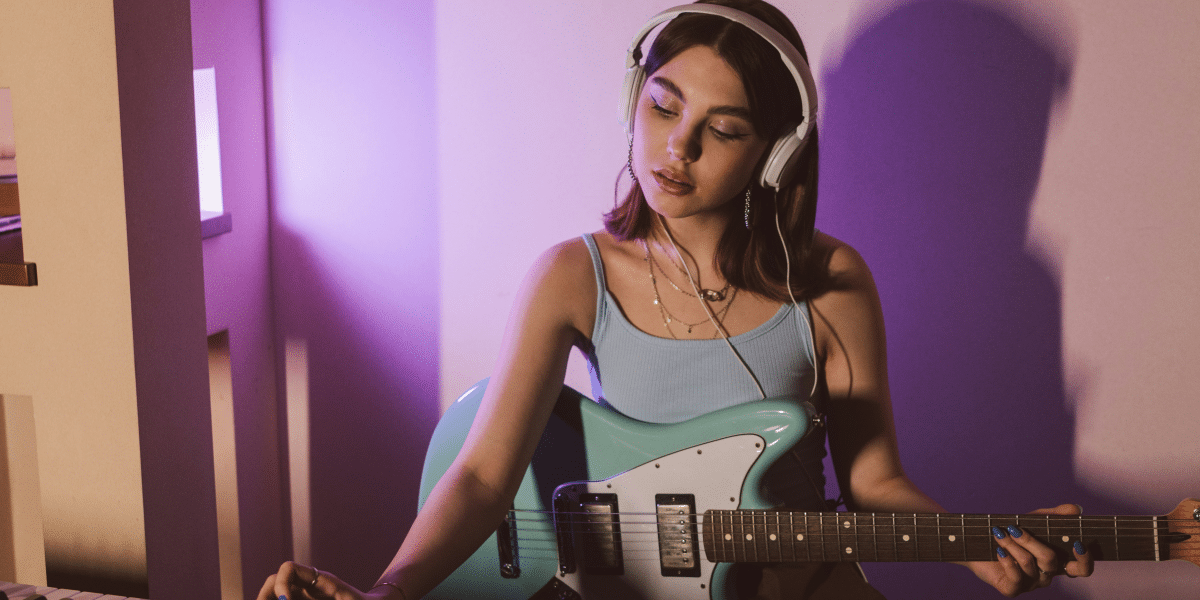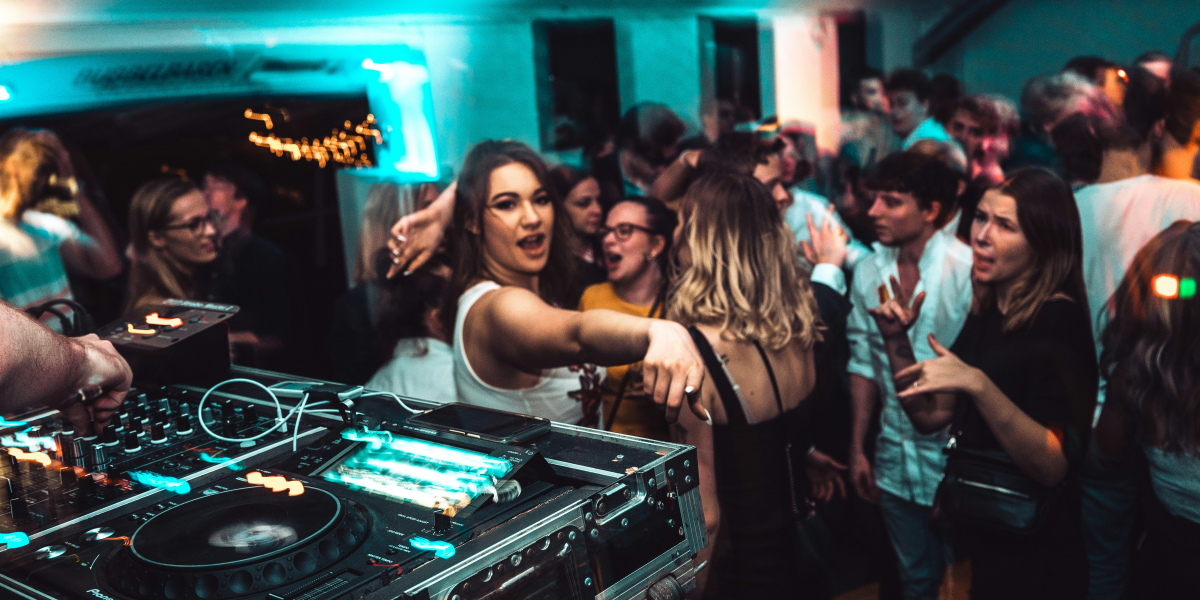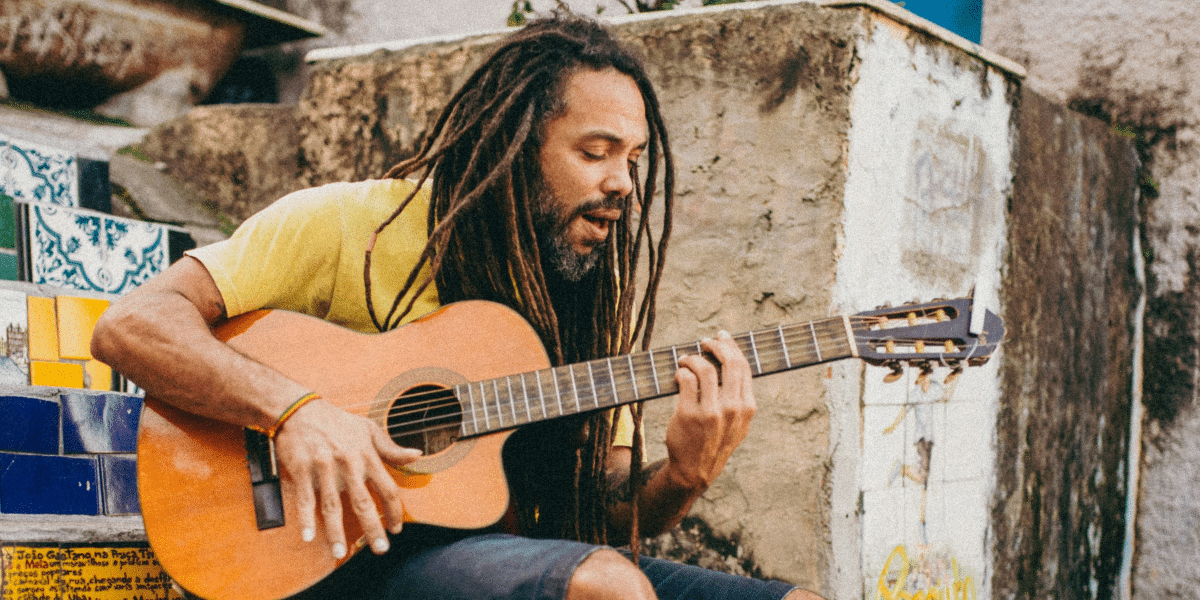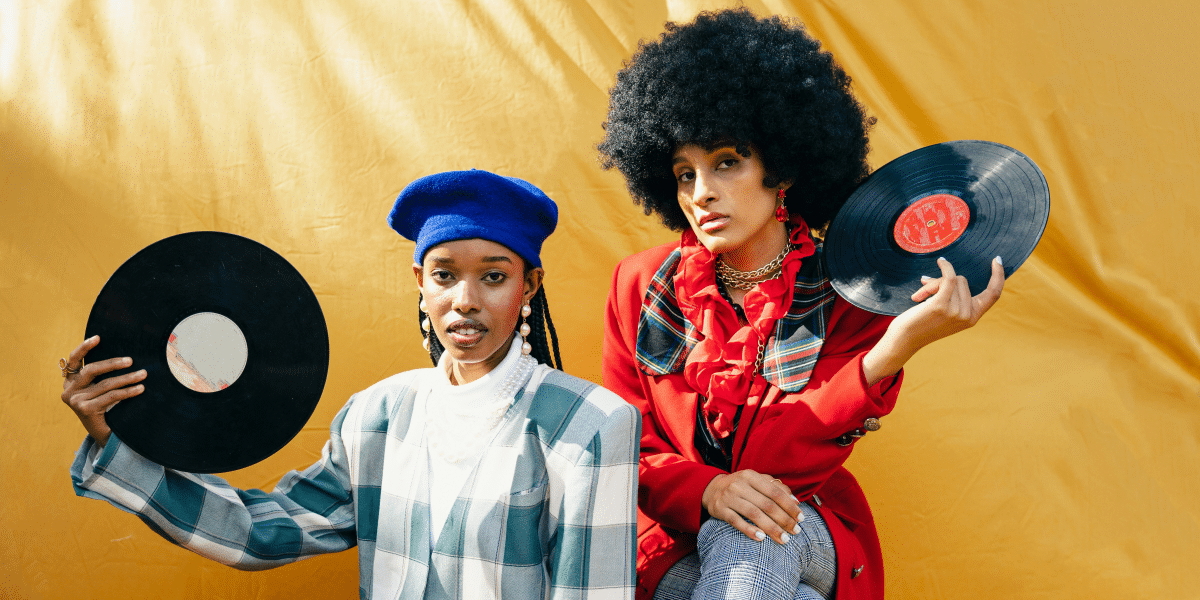Music Events as Community-Building Platforms
Making Memories Together
Hey there! Let’s talk about something super cool – music events! You know, those awesome gatherings where you get to listen to live music, dance with friends, and just have a great time. But did you know that music events are about way more than just having fun? They’re actually really important for bringing people together and building communities. So, grab your favorite drink, sit back, and let’s explore why music events are such amazing community builders.
Okay, picture this: you’re at a music event, surrounded by a bunch of people who love music just as much as you do. The band starts playing your favorite song, and suddenly, everyone around you is singing along and dancing like there’s no tomorrow. It’s moments like these that bring people together and create memories that last a lifetime. Whether you’re rocking out at a concert or grooving at a festival, music events are all about sharing those special moments with others.
Meeting New Friends
One of the coolest things about music events is that they’re the perfect place to meet new friends. You’re all there because you love music, so you already have something in common! Strike up a conversation with the person next to you, bond over your favorite bands, and before you know it, you’ve made a new friend. Music events are like one big party where everyone is welcome, so don’t be afraid to put yourself out there and make some new connections.
Another awesome thing about music events is how they celebrate diversity. Whether it’s rock, hip-hop, or electronic music, there’s something for everyone to enjoy. And it’s not just about the music – music events bring together people from all walks of life, regardless of race, gender, or background. It’s a beautiful thing to see so many different people coming together to share their love of music and celebrate what makes each of us unique.
Supporting Local Talent
Did you know that music events are also a great way to support local artists and businesses? When you go to a concert or festival in your hometown, you’re not just having fun – you’re also helping to support the local music scene. From the bands on stage to the food vendors and merch sellers, music events are a crucial source of income for many local businesses and artists. So, next time you’re at a music event, be sure to show some love to the local talent!
Last but not least, music events are all about chasing your dreams and living life to the fullest. Whether you’re a musician playing your first gig or a fan dancing in the crowd, music events are a reminder that anything is possible if you believe in yourself. So, don’t be afraid to follow your passions, take risks, and chase your dreams – because you never know where the music might take you!
Let’s Keep the Party Going!
Music events are about more than just music – they’re about bringing people together, celebrating diversity, and supporting local communities. So, the next time you’re at a concert or festival, take a moment to appreciate the magic of live music and the amazing community that surrounds it. And who knows? You might just make some memories that will last a lifetime. Let’s keep the party going and spread the love of music far and wide!
